The island group is located about 162 km north of Luzon and about 190 kilometers south of Taiwan, separated from the Babuyan Islands of Cagayan Province, Luzon, by the Balintang Channel and from Taiwan by the Bashi Channel.
The provincial capital is Basco on Batan Island and the only other inhabited islands are Itbayat and Sabtang. The northernmost island of the province, making it the northernmost island in the Philippines, is Mavudis (Y'ami) Island. Other islands in the chain are Misanga, Siayan, Ivuhos, and Dequey.
The province is officially in the region of Cagayan Valley. The islands are part of the Luzon Volcanic Arc.
History
The ancestors of today's Ivatans are descended from Austronesians who migrated to the Batanes Islands 4000 years ago during the Neolithic period. They lived in fortified mountain areas called idjangs and drank sugar-cane wine, or palek. They also used gold as currency and produced a thriving agriculture-based industry. They were also seafarers and boat-builders.
In 1687, a crew of English freebooters headed by William Dampier came with a Dutch crew and named the islands in honour of their country's nobility. Itbayat was named "Orange Isle" after William of Orange, and Batan was named "Grafton Isle" after Henry FitzRoy, 1st Duke of Grafton. Sabtang Isle was named "Monmouth Isle" after James Scott, 1st Duke of Monmouth. Capt. Dampier stayed for less than three months, and did not claim the islands for the British crown.
In 1783, the Spanish claimed Batanes as part of the Philippines under the auspices of Governor-General José Basco y Vargas. The Bashi Channel had come to be increasingly used by English East India Company ships and the Spanish authorities brought the islands under their direct administration to prevent them falling under British control. However, the Ivatan remained on their idjangs, or mountain fortresses. In 1790, Governor Guerrero, The Governor-general of the Philippines at this point in time is Félix Berenguer de Marquina, unless Guerrero refers to a governor of the Batanes.) decreed that Ivatans were to leave their idjang and to live in the lowlands, thereby giving them more people to tax. Basco and Ivana were the first towns. Mahatao was then administered by Basco, while Uyugan and Sabtang, by Ivana. Itbayat was not organized until the 1850s, its coast being a ridge. Ivatans were then ordered to dress like the other Filipinos, and it didn't take them long to adapt. Soon, Ilocanos were being put in the islands, so as to control the native population there. Limestone technology used by the Spanish were also being spread to the islands, so that their bridges became strong and fortified. Some of these bridges still remain at both Ivana and Mahatao. By 1890, many Ivatans were in Manila, and became ilustrados, who then brought home with them the revolutionary ideas of the Katipunan. These Ivatans, who were then discontented with Spanish rule, killed the ruling General Fortea and declared the end of Spanish rule.
Toward the end of the Spanish regime, Batanes was made a part of Cagayan. In 1909, however, the American authorities organized it into an independent province. Because of its strategic location, the Batanes island group was one of the first points occupied by the invading Japanese imperial forces at the outbreak of the Pacific War.
During the American colonial period, public schools suddenly boomed, and more Ivatan became more aware of their place in the Philippines. One of the first School Superintendents was Victor De Padua, an Ilocano, who in 1942-45 during the Japanese occupation was made Provincial Governor.
In 1920, the first wireless telegraph was installed, followed by an airfield in 1930. Roads were constructed and the Batanes High School was instituted.
In the morning of December 8, 1941, the Batan Task Force from Taiwan landed on the Batan Islands, the first American territory occupied by the Japanese. Japanese fighters from these islands took part in the raid on Clark Air Base later that same day.
People and culture
The people of Batanes are called Ivatan and share prehistoric cultural and linguistic commonalities with the Babuyan on Babuyan Island and the Tao people of Orchid Island.
This divided homeland is a result of the Dutch invasion of Taiwan in 1624 ( Dutch Formosa ) and Spanish invasion in 1626 ( Spanish Formosa ). The northern half of the Ivatan homeland, Formosa and Orchid Island which were formally part of the Viceroyalty of New Spain, fell to the Dutch who were in turn expelled in 1662 by forces of the Chinese Ming Dynasty, led by the Chinese pirate Koxinga who then set himself up as The King of Taiwan.
The southern half of the Ivatan homeland, the islands of the Batanes, was reinforced and fortified by Spanish refugees from Formosa before being formally joined in the 18th century with the Spanish government in Manila.
The main languages spoken in Batanes are Ivatan, which is spoken on the islands of Batan and Sabtang, and Itbayaten, which is spoken primarily on the island of Itbayat. The Ivatan which is dominant in the province is considered to be one of the Austronesian languages. From college level down to elementary level, the language is widely spoken.
Batanes islands - the land of turbulent winds
and hardy Ivatans.
http://jibraelangel2blog.blogspot.jp/2011/05/batanes-islands-of-philippines.htmlYoutube video :





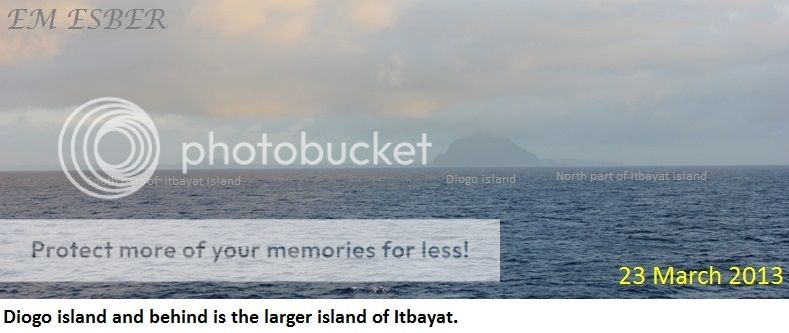





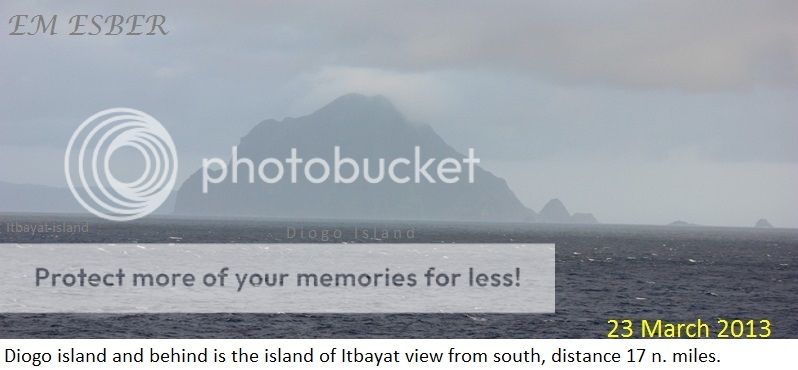

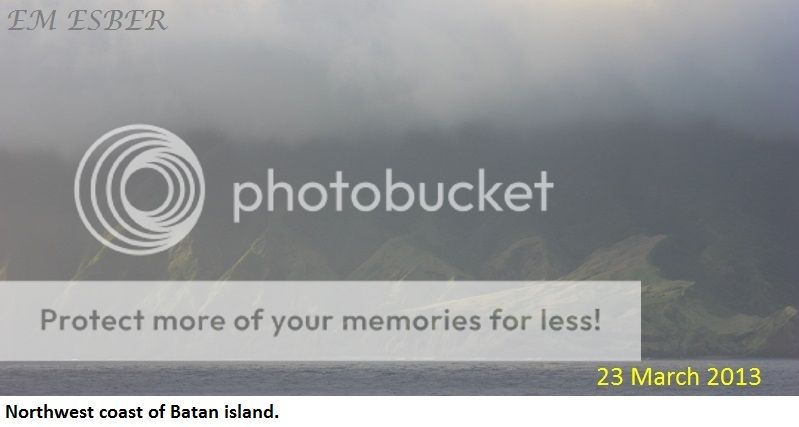
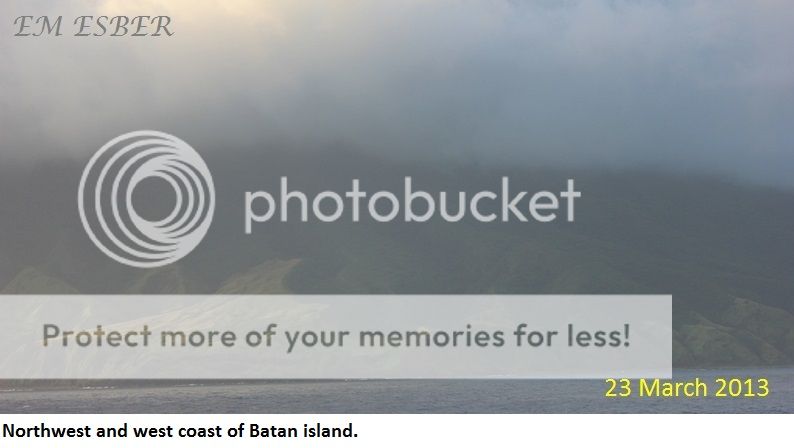






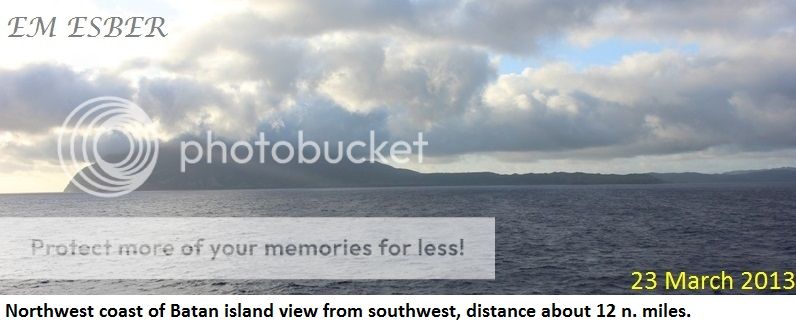

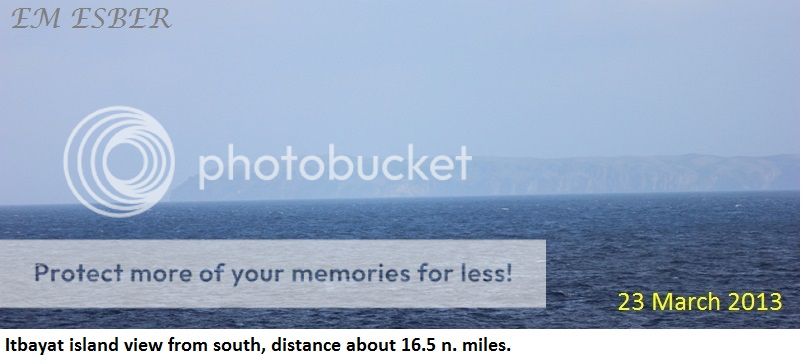

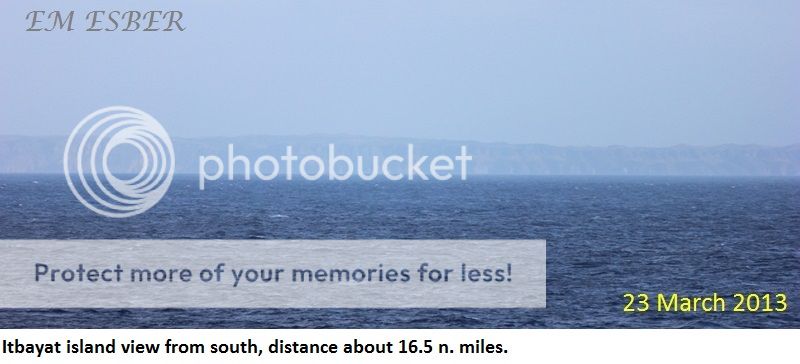
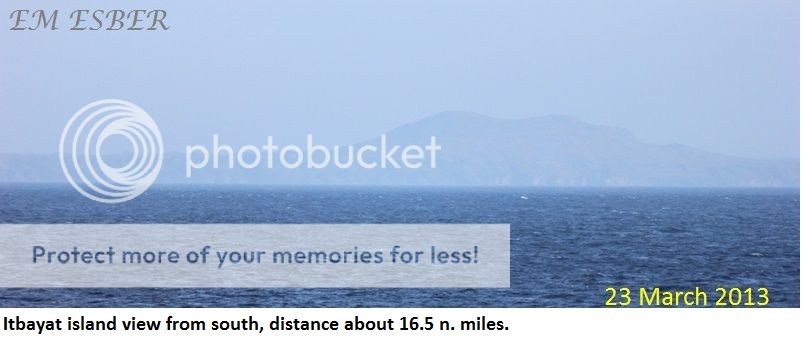








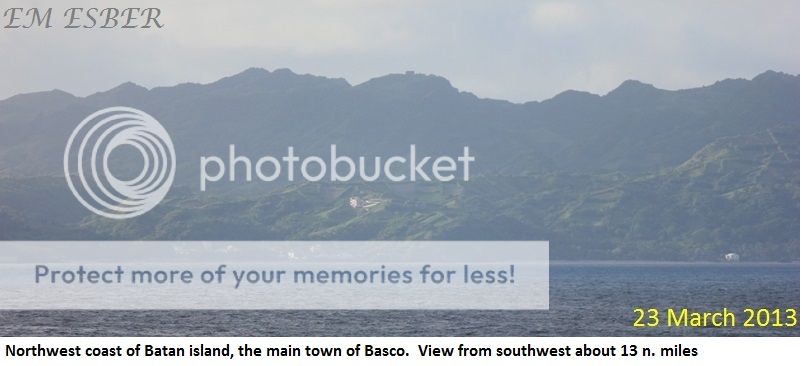



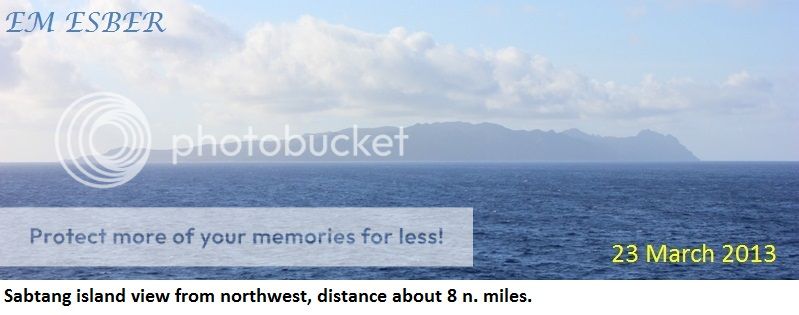


No comments:
Post a Comment